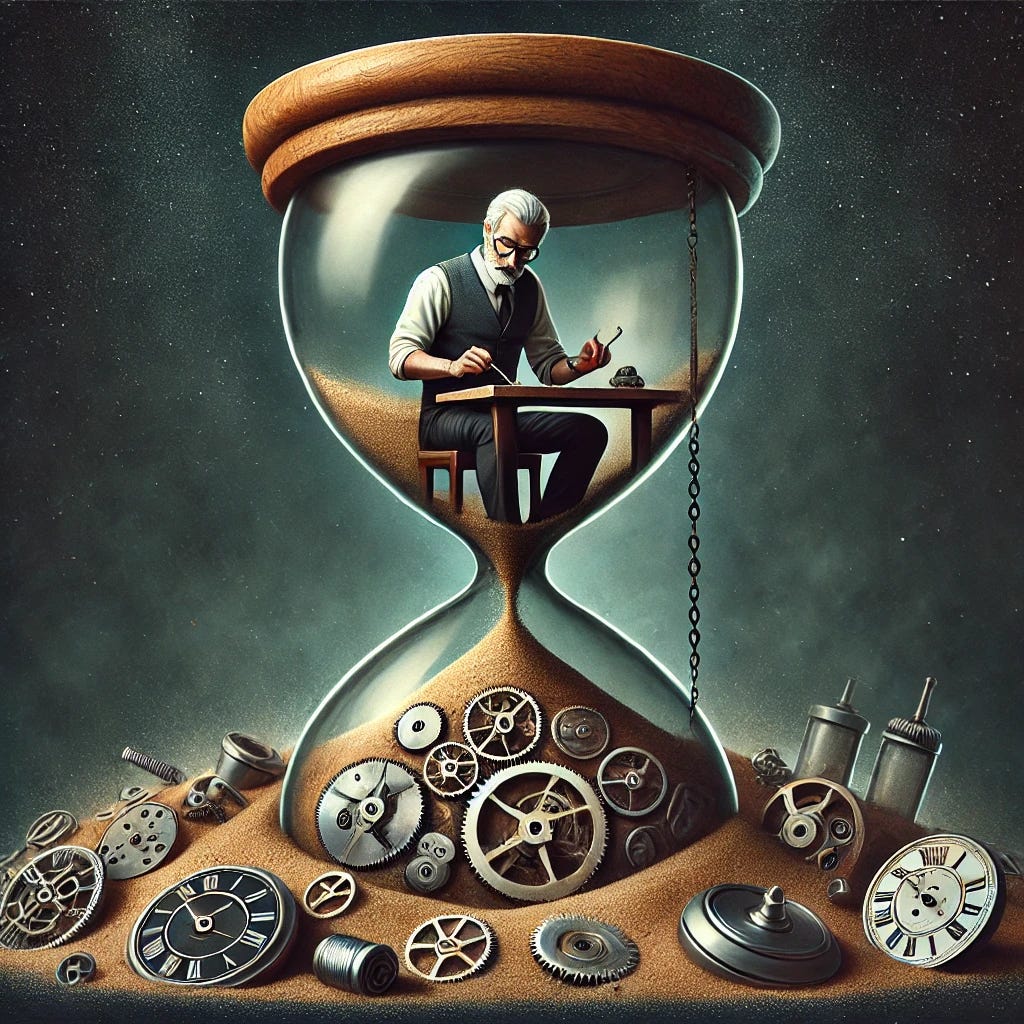Walk into any high-end watch boutique today, and you’ll see a familiar pattern—brands unveiling “new” releases that look remarkably like those they introduced decades ago. From Patek Philippe’s Calatrava to Omega’s Speedmaster, heritage reissues and vintage-inspired models now dominate product launches. But has haute horlogerie’s obsession with nostalgia come at the cost of true innovation?
The surge in vintage enthusiasm isn’t accidental. Record-breaking auction prices have fueled a collector-driven appetite for classic designs, reinforced by social media and a growing preference for understated elegance. Brands have responded accordingly, mining their archives for past successes. Omega revived the 321 movement, Patek Philippe brought back the Clous de Paris bezel, and Vacheron Constantin’s Historiques collection has flourished. Even independent brands like F.P. Journe have leaned on past aesthetics rather than breaking new ground.
While heritage models guarantee commercial success, they raise a fundamental question: where is the innovation? Independent brands like MB&F, Greubel Forsey, and De Bethune continue to push boundaries with radical designs, while the industry giants essentially play it safe. When Rolex’s most significant news is a dial color change, and Audemars Piguet endlessly iterates on the Royal Oak, it’s fair to wonder if creativity has taken a backseat to predictability.
Looking back, the most iconic designs—Cartier’s Tank, Patek Philippe’s Nautilus, Audemars Piguet’s Royal Oak—emerged when boldness and aesthetic refinement mattered. Today, brands tweak these past triumphs rather than forging new identities. The reason isn’t just creative stagnation—it’s economics. Developing a new design is costly and risky, while a heritage reissue capitalizes on an established success with minimal effort. In an increasingly volatile luxury market, the safer bet wins.
Collectors play a role in this cycle, too. While many claim to crave innovation, they overwhelmingly gravitate toward familiar designs. The return of small case sizes, gilt dials, and faux-patina lume shows that the market rewards nostalgia over originality. But where does it end? If brands prioritize reissues over risk-taking, will we ever witness another Royal Oak moment, a genuinely era-defining design? Or are we stuck in an endless loop of revisiting the past?
The watch industry stands at a crossroads. Vintage-inspired releases continue to sell, but is this sustainable? Will future collectors demand true originality, or will nostalgia continue to dictate design language? For watchmaking to remain an art rather than just a business, brands must strike a balance—honoring the past without being trapped by it. Otherwise, in an industry obsessed with time, too many brands may find themselves stuck in it.



